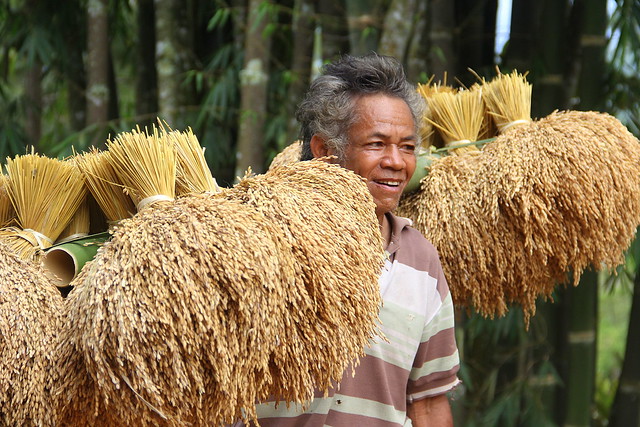The State of Hunger in Indonesia

With the population estimated at over 250 million people, Indonesia is the fourth most populous country in the world. It has been enjoying strong economic growth in the past decades and it is the largest economy in the Association of Southeast Asian Nations (ASEAN). Despite the impressive economic growth, however, it is still a lower middle-income country. Hunger in Indonesia continues to be a significant issue.
Poverty and Hunger in Indonesia
Poverty is still concentrated in rural areas, with 14.3% of the rural population living in poverty in 2014, accounting for more than 60% of the total poor. Additionally, challenges of high food prices and unequal access to food remain unresolved, despite increasing trends in food production and availability. As a consequence of poverty and food scarcity, 19.4 million Indonesians are unable to meet their dietary needs.
A 2019 report by the Asian Development Bank (ADB) and the International Food Research Institute (IFPRI) found that about 22 million people suffered from chronic hunger in Indonesia between 2016 and 2018. Despite the strong growth that Indonesia has made in the agricultural sector, many families across the country still engage in traditional agricultural activities that are low-paid. This leads to hunger and stunting in children.
The Double Burden of Malnutrition
The impressive economic growth has brought about substantial improvements in many aspects of human development in Indonesia. The mortality rate of children under five has dropped from 85 out of 1000 births in 1990 to 31 in 2012. The prevalence of underweight children is also low at 5.4%.
However, the stunting rate in Indonesian children remains widespread. Approximately 37.4% of children under five in 2013 suffered from stunted growth. Stunting in children, a sign of chronic malnutrition, comes with lifelong consequences. It interferes with other development processes of the body, including brain development, which has damaging effects on intelligence, performance in school and productivity at work later in life.
Malnutrition can have detrimental effects very early on in life. When children receive inadequate nutrition in the womb, they become more prone to obesity when their body consumes more food. This in turn leaves them vulnerable to other non-communicable diseases such as diabetes and heart disease. This is the double burden of malnutrition that Indonesia faces. It is estimated that 8.9% of adult women and 4.8% of men are obese, while 8% of the women and 7.4% of men in Indonesia have diabetes. Additionally, more than 1 in 4 women of reproductive age suffer from anemia.
The negative effects of malnutrition are not only felt by the individuals suffering from them but also by society as a whole. It is estimated that losses due to stunting and malnutrition account for 2-3% of Indonesia’s gross domestic product (GDP).
Efforts to Decrease Hunger
In an effort to secure food for low-income households, the government of Indonesia set up a program called Raskin to deliver subsidized rice monthly to the most vulnerable households. Under this program, the eligible households could purchase 15kg of rice each month for a fifth of the market price. Each year, the government distributes 3.4 million tons of rice to a target population of 17.5 million people. With the annual budget of $1.5 billion, Raskin is Indonesia’s largest social support program.
The government also coordinates with nonprofit organizations globally to help combat hunger in Indonesia. Due to its size and geography, Indonesia is particularly vulnerable to natural disasters, which cause food security in many communities. The World Food Program (WFP) is working closely with the Indonesian government to improve nutrition and the quality of food. It also helps mitigate the effects of natural disasters on food security by providing policy advice and technical assistance.
Moving forward, it is essential that the government and other humanitarian organizations continue to make hunger in Indonesia a priority. With continued efforts, hopefully the nation will be successful in achieving Sustainable Development Goal 2: zero hunger in Indonesia.
– Minh-Ha La
Photo: Flickr
